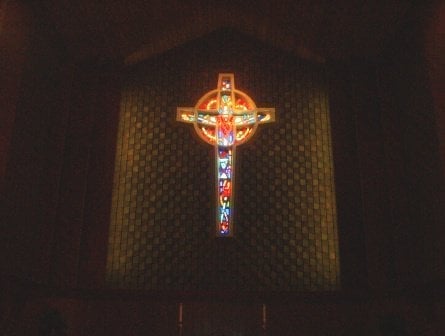Epiphany
The term Epiphany means to show or to make known or to reveal. As a day in the church calendar it remembers the wise men bringing gifts to visit Jesus. By doing so, they revealed Jesus to the world as Lord and King. Because of the influence of the Roman Catholic tradition, Epiphany in Central and South American countries (or Three Kings Day), is a time of opening Christmas presents. Some churches celebrate Epiphany as Christmas occurring on January 19th. Some eastern churches believe that Epiphany commemorates Jesus’ Baptism and link the visit of the Magi to Christmas with Epiphany occurring on January 19th.
By tradition January 6 is celebrated as Epiphany in the western world. Epiphany may be known by different names in some parts of Europe and in different languages. Some places in Europe call it Three Kings’ Day. There are differences in church calendars among the Eastern Orthodox and western Catholic and Protestant. Both Christmas and Epiphany have been observed at different times in the past. Most Eastern Orthodox follows the western church calendar today with the exception of some Greek Orthodox Churches in Russia and the Serbian Orthodox who follow the older calendar and celebrate Epiphany as Theophany on January 19th.
The end of the Christmas season (the Twelve Days of Christmas) is the Epiphany of Our Lord. The Christmas season is counted from December 25th until January 5th. By tradition, the Twelfth Day of Christmas is the evening of the Twelfth Night. Some cultures have this as an occasion of feasting and baking of the King’s Cake. The King’s Cake is part of the observance of Mardi Gras in French Catholic culture and the Southern USA. Some churches consider January 5th as the Eleventh Day of Christmas and the evening is still counted as the Twelfth Night. The beginning of the Twelfth day of Christmas would be the following day. This would make January 6th the Twelfth day of Christmas or the Epiphany.
Many Protestant churches extend the Epiphany season from January 6th until Ash Wednesday, the beginning of the season of Lent. This could include four to nine Sundays depending on the time of Easter. Roman Catholic tradition is to observe Epiphany as a single day. For Roman Catholics the Sundays following Epiphany are counted as Ordinary Time. Epiphany is celebrated in some western traditions as Transfiguration Sunday.
Epiphany usually uses the colors of Christmas (white and gold), the colors of celebration, newness and hope that mark the most sacred days of the church year. Observed as a single day, the colors are often changed after Epiphany to the colors of Ordinary Time (green or thematic sanctuary colors). This color will remain until Transfiguration Sunday (the last Sunday before the beginning of Lent) when the colors are the colors of Holy Days (white and gold).
We now observe Epiphany as a time to focus on the mission of the church. It is a time of reaching out to others and showing them Jesus is the Savior of all people. It is a time of Christian brotherhood and fellowship.

